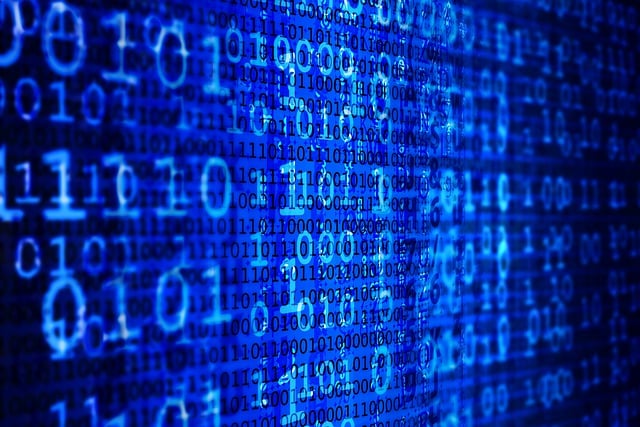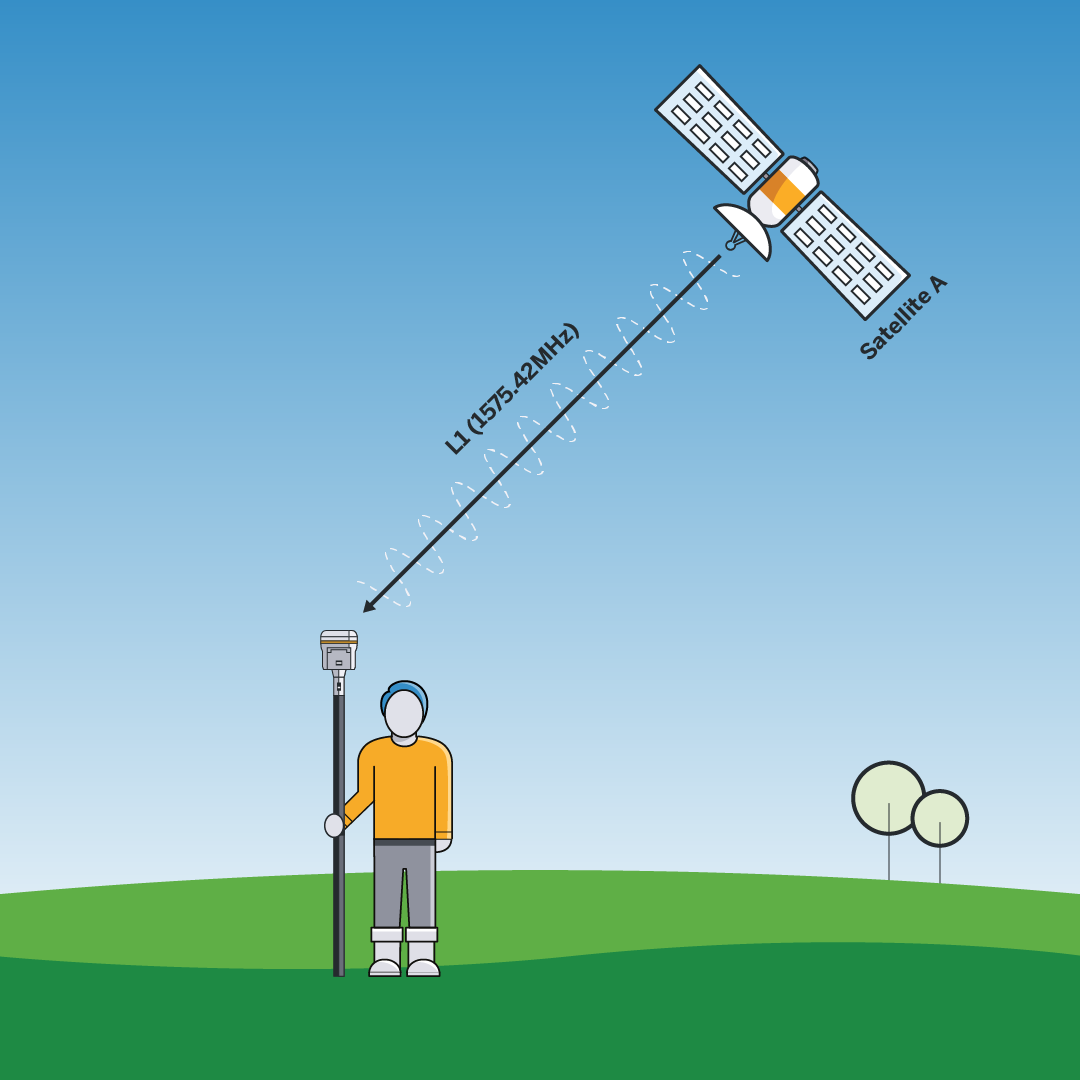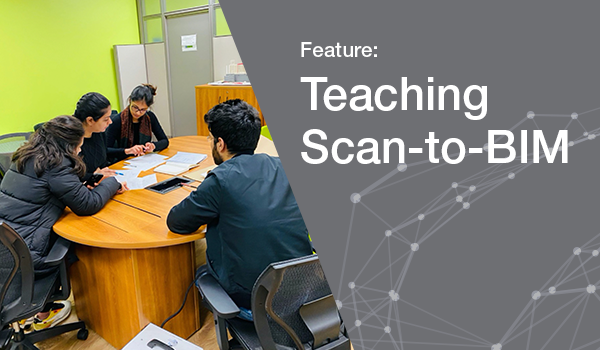"Drivers" ‐ not just for hitting a golf ball either!

This time around, let's explore that venerable piece of software that allows brilliant software packages like AutoCAD, MS Office, and Photoshop to speak to our wide format devices and, indeed, any printer we have.
The Driver
Two syllables. "Dri" and "ver", and if you ask most people what a driver is, they either don’t know because Windows automatically installed it for them or we often hear, "ohhhh, it's that software I install to make my device work". And that would be enough of an explanation to get most of us through the day content in our grasp of the concept.
There are all kinds of drivers, though, for a variety of devices but today, we're going to look at print drivers. Printers or, more to the point, "print engines", really are a lot like computers in the sense that their native language is a series of 1s and 0s referred to and arranged as a raster (a grid, if you will). In the most basic sense, a raster is when there's a 1, a dot is printed and when there's a 0, nothing is printed.
But can you imagine a piece of software trying to communicate an array of 1s and 0s to a print device? Let's face it, AutoCAD is a vector-based design program working with lines, shapes, polygons, etc., while Photoshop works with scanned photos and images. Both programs use different languages to optimize how they store and manipulate what they're trying to show the analog human world. If all these applications only used 1s and 0s to work with, the storage requirements would be ridiculous, and the programs would be enormous.
And so we use drivers as an intermediary to allow those applications to employ more efficient code in their operations. So let's look at a driver as a "translator", if you will.
Consider the United Nations where we might see the Ambassador of Nigeria trying to speak with the Ambassador of Canada on a matter of some significant importance while neither speaks the language of the other.
What happens?
Well, left to their own devices either nothing would ever get done or a lively fistfight might break out so to avoid either of those unfortunate outcomes, we bring in a translator.
A driver is essentially a translator that takes the language of the application and translates it into the language of the print device. Now, the more astute of you will remember that I mentioned the language of a print engine is raster and may think that we're translating application data into raster. Well, not entirely. In some cases, if we were using an RTL driver (Raster Transfer Language) that might be true but with today's complex files, the raster file that would be generated would be too large so we use drivers that translate application data into one of 3 main intermediary languages that printers will work with.
The 3 main print driver languages for any printer are PCL (Printer Control Language), which we find most often used in office printers and copiers, HPGL/2 (Hewlett Packard Graphics Language V.2) which is used in most wide format devices that need to get AutoCAD and structural design files to print, and then Adobe PostScript which is used mostly by graphics programs that use images or fine art elements.
The reason the driver translates into one of those languages is because ALL printers today will support at least one of the 3 languages. The driver produces a smaller file in one of those languages to send to the printer, thereby liberating the computer or workstation to continue with other jobs and the dedicated processor of the printer will plow through the file translating it into the… the… c'mon folks, we just covered this… YESSSS, into the RASTER language that the print engine will understand and out comes our beautiful print in all its analog glory!
So the next time you hear about print "drivers", just know how much work these under‐appreciated "heavy lifters" actually do.
If you have questions about drivers or anything Wide Format, why not reach out to the professionals in both our sales and service department here at Cansel. We help simplify your printed world!


